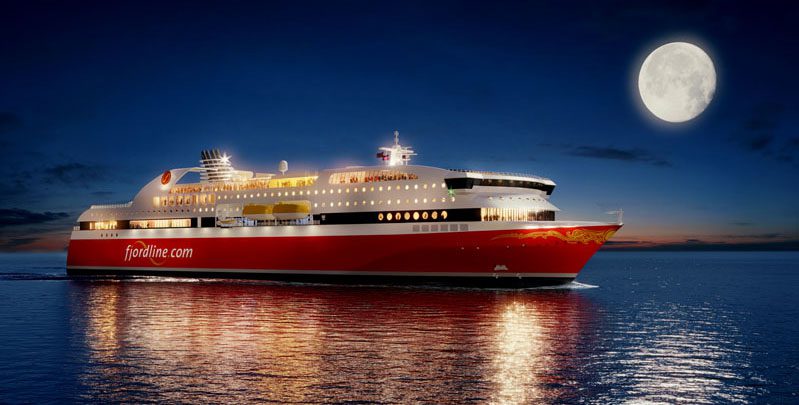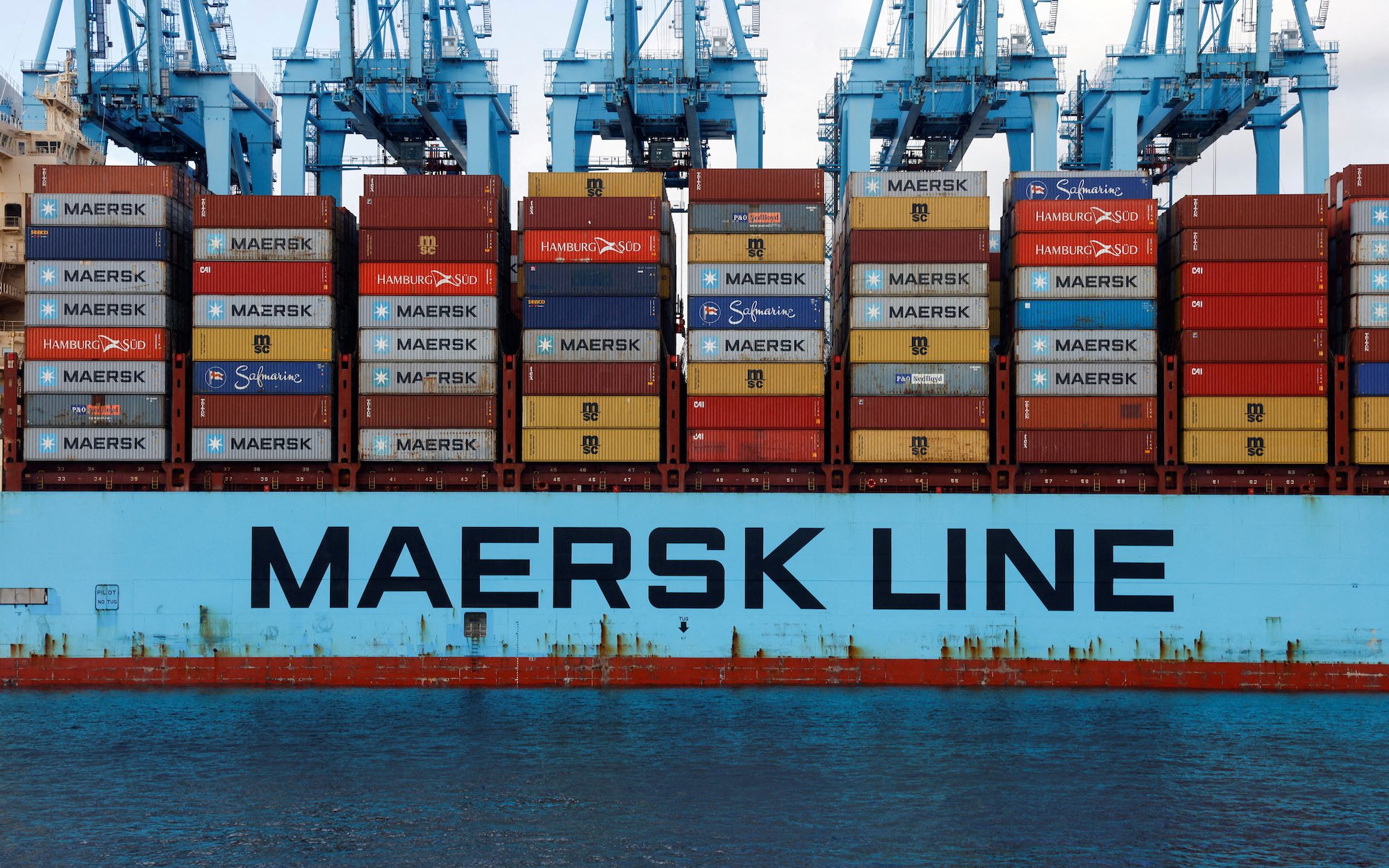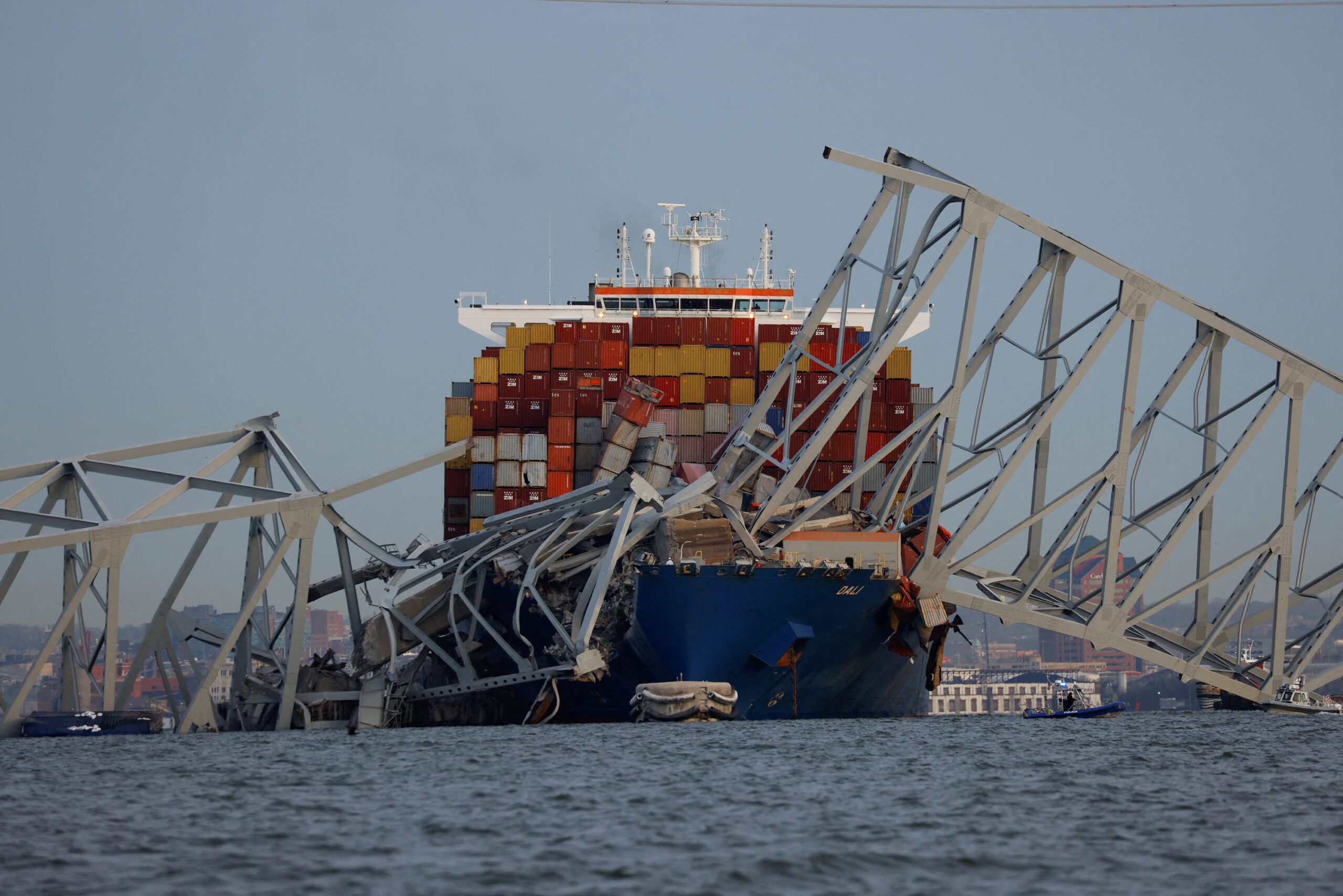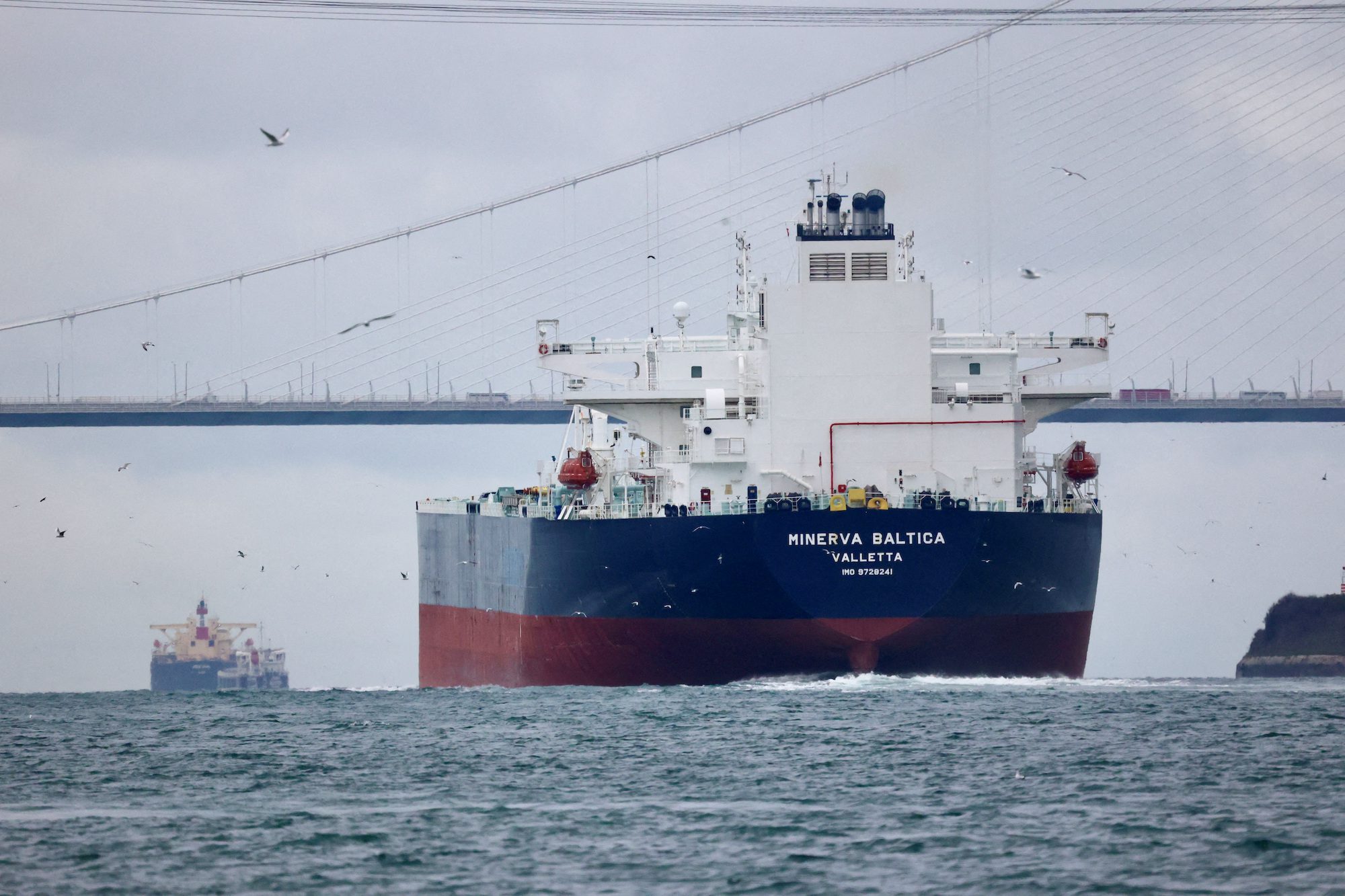Going green: MS Stavangerfjord will be the first cruise ferry in the world to be powered exclusively by natural gas (LNG). Image: Bergen Group
Fjord Line’s two new international cruise ferries will be powered solely by environmentally friendly liquefied natural gas (LNG) instead of the more polluting heavy fuel oil. When MS Stavangerfjord is put in operation in 2013, it will be the first and largest cruise ferry in the world to sail with a “single LNG engine,” thus using the cleanest fuel available.
“In this way Fjord Line will meet the new, stricter standards for sulfur content in fuels long before the deadline in 2015,” says Fjord Line CEO, Ingvald Fardal .
Fjord Line has two new cruise ferries under construction at Bergen Group Fosen. When both are in service, travelers will be offered daily departures all year round on the routes between Bergen, Stavanger and Hirtshals, and between Hirtshals and Langesund. Now these will also be the “greenest” sea routes between Norway and the EU. While other shipping companies base their natural gas operations on dual fuel engines, Fjord Line has chosen a Rolls Royce, spark-ignited engine that runs on 100% liquefied natural gas, thus reducing the ship’s overall emissions footprint.
“Installation of the motors and other technical equipment needed to power the ships with natural gas will extend the construction period. However, going with natural gas from day one will mean we can avoid taking the ships out of operation for three months when the new emission standards come in force in 2015. We will take delivery of MS Stavangerfjord from the shipyard in April of next year and welcome passengers to the maiden voyage from Bergen in May. The other ship will be ready to sail a few months later. We will then achieve the regularity we have been working toward without a long service interruption in 2014,” says Fardal.
He notes that Fjord Line’s new ships will travel in areas with many shoals. By using only LNG as fuel, the environmental improvement will be significant, both along the coasts and in the harbors where the cruise ferries will operate.
Proven environmental technology
Fjord Line has chosen Rolls-Royce as the supplier of the LNG engines. “This is a well-proven technology, produced in Norway, that has been used on a number of ferries and ships used in the offshore industry. In addition to meeting important environmental considerations, natural gas operation will be more cost-effective than heavy fuel oil,” says Fjord Line’s CEO.
No emissions of sulfur or heavy metals
Fardal points out that emissions of sulfur from shipping in Northern Europe starting in 2015 cannot grow by more than 0.1 percent. LNG contains no sulfur or heavy metals. It reduces CO2 emissions by 20-30 percent and emissions of NOx by around 90 percent compared to heavy fuel oil. After 2015 the only alternatives to natural gas will be diesel, or investing in expensive scrubbing technology that removes the emissions from the combustion of heavy fuel oil. LNG is also expected to be the most cost-effective fuel in the future and delivers a much bigger environmental benefit than all the other alternatives.
“We are very pleased to have signed agreements that ensure our ships will operate in the most environmentally friendly way and on commercially attractive terms. At this time we would like to thank the NOx Fund for the contribution that has made this possible,” says Fardal.
Bergen Group Ship Design and Bergen Group Fosen have designed the ships and Finn Falkum Hansen is the architect for the project. Hansen’s previous design work has included two of the ships in the Hurtigruten fleet, MS Trollfjord and MS Midnatsol. The hull of MS Bergensfjord is currently being constructed in Gdansk, while MS Stavangerfjord has been towed to Bergen Group Fosen for interior fitting and finishing work.
The new ships have a deadweight of 3,900 tons and a total length of 170 meters. Each ship will offer 306 cabins, many of which will be suites, and will accommodate 1,500 passengers. The cargo decks will have capacity for 600 personal vehicles or a smaller number in combination with larger trucks and cargo.
Unlock Exclusive Insights Today!
Join the gCaptain Club for curated content, insider opinions, and vibrant community discussions.

 Join The Club
Join The Club













